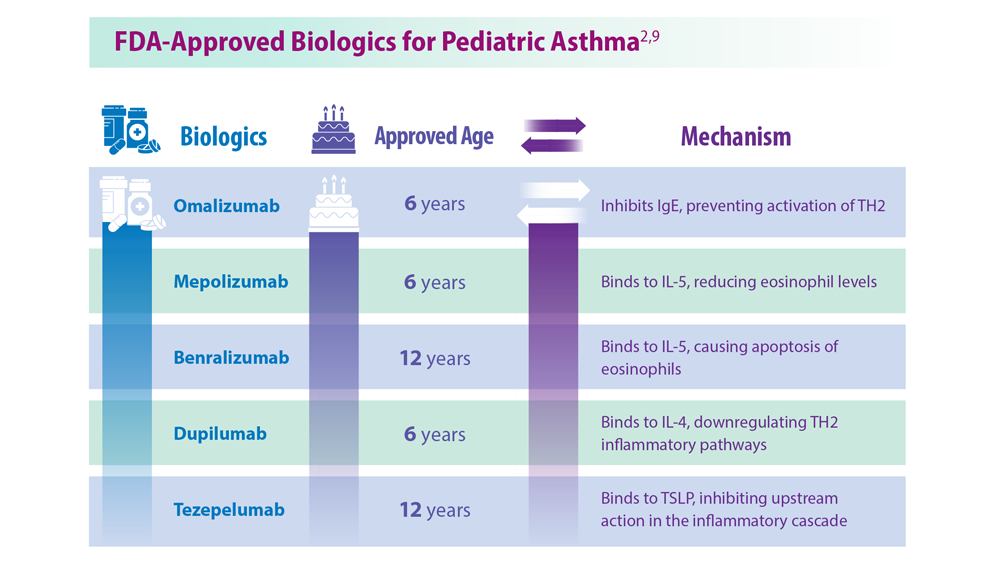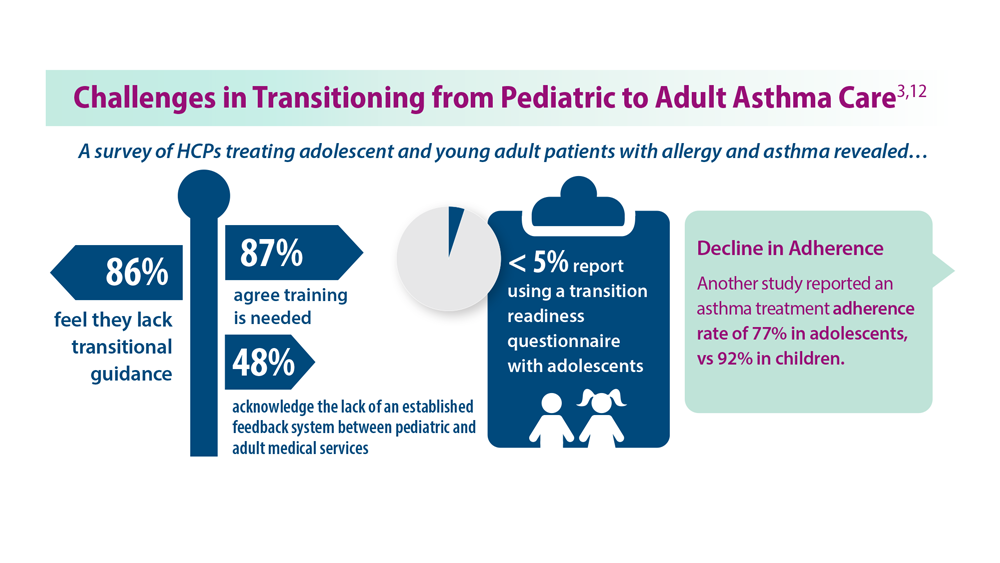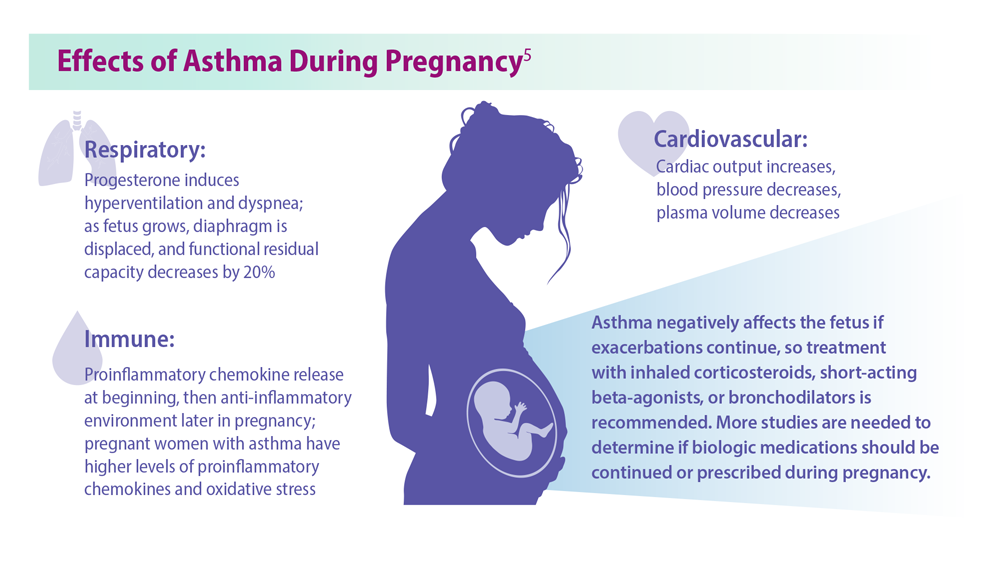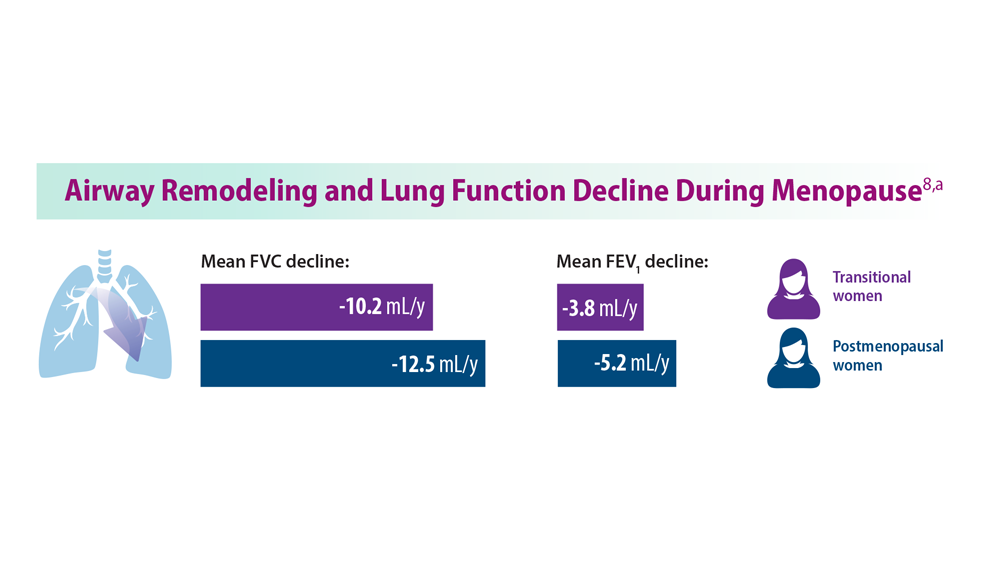Asthma Across a Woman’s Lifespan

Slideshow below.
The severity and symptoms of asthma vary greatly across a woman’s lifespan. Gender-based variances start early, with boys having a higher asthma prevalence than girls in childhood, and women having a higher prevalence than men starting around puberty and through adulthood, related to changes in sex hormones.1 In the pediatric age group, questions arise about both the necessity and choice of biologic therapies and how best to transition patients from pediatric to adult care.2,3 During this transition, patients often have worsening symptoms mainly due to decreased adherence to medications, lack of insurance, or lack of parental and social support.3
In adulthood, around 13% of women have asthma symptoms during pregnancy, necessitating maintenance treatment with inhalers.4 In some women, asthma symptoms tend to worsen during pregnancy due to some of the natural changes in lung function and breathing patterns during pregnancy.4,5 Uncontrolled asthma in pregnancy can lead to adverse effects for both mother and fetus. Maternal adverse outcomes include preeclampsia, placental abruption, increased risk of Caesarean sections, increased risk of gestational diabetes mellitus, and pulmonary embolism.4-6 Child adverse outcomes include low birth weight, increased risk of minor congenital malformations, and asthma.4,5 Aging in women also affects lung function, including reducing the forced expiratory volume in 1 second (FEV1).7 Menopause specifically is related todecreased lung function due to changes in sex hormones, and this effect is seen even more in women with asthma.7,8 It is important for providers to be aware of asthma manifestations throughout a woman’s lifespan and personalize care accordingly.
1
-

Ig, immunoglobin; IL, interleukin; TH2, T helper 2; TSLP, thymic stromal lymphopoietin
-

As children grow, their lungs develop more alveoli and increase in capacity, which impacts asthma symptoms.10,11 These changes, combined with the hormonal shifts associated with puberty, can worsen asthma symptoms in women.1
-

Pregnancy and menopause are also important times for asthma care during a woman's life, due to the physical changes that take place during these transitions.
-

FEV1, forced expiratory volume in 1 second; FVC, forced vital capacity
aAll data compared to regularly menstruating women.
